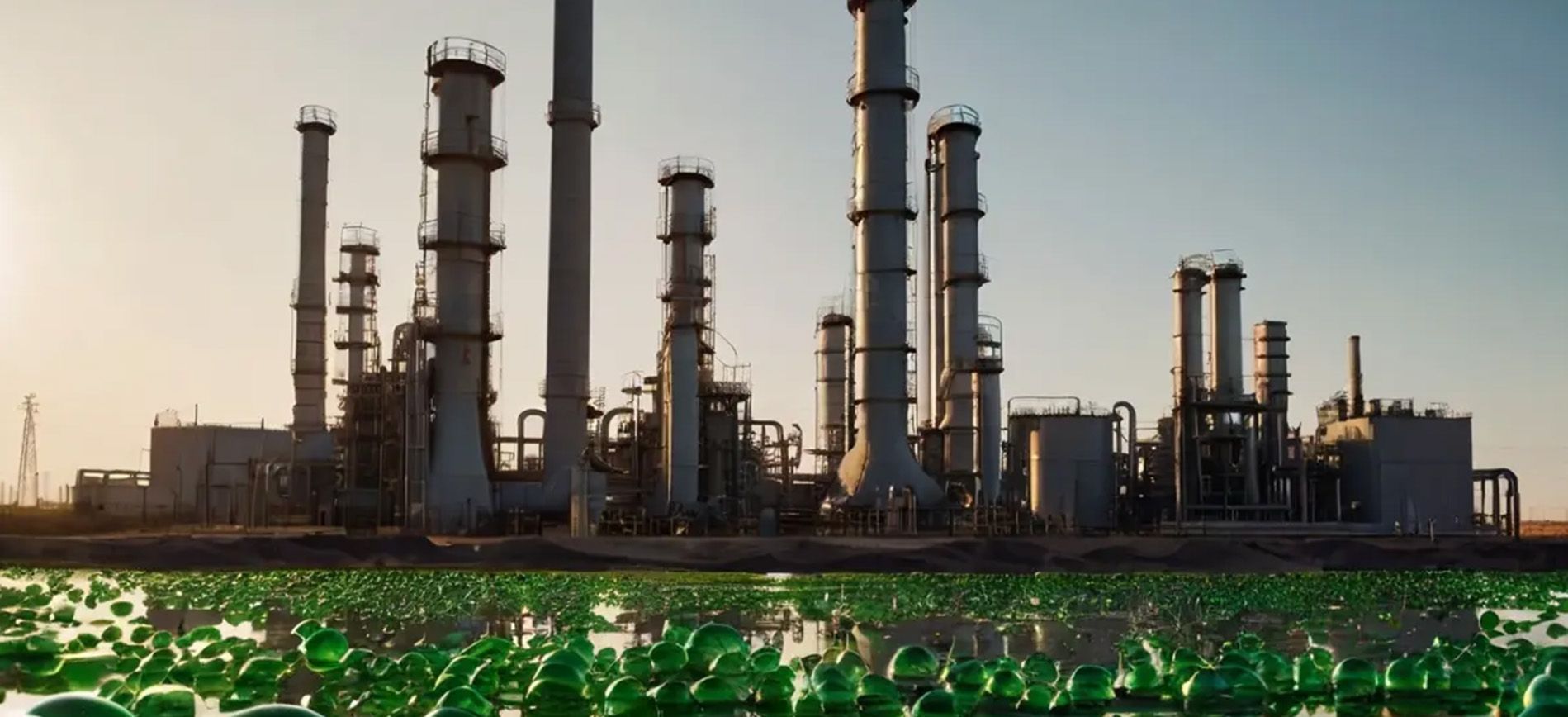The Role of AdBlue in Reducing Vehicle Emissions and Supporting Environmental Goals
The Role of AdBlue in Reducing Vehicle Emissions and Supporting Environmental Goals

As environmental concerns take center stage, the global automotive industry is prioritizing cleaner technologies to reduce emissions. AdBlue, a diesel exhaust fluid (DEF), plays a crucial role in meeting stringent emissions standards while promoting sustainable transportation. This blog explores the importance of AdBlue, how it works, its benefits, and its impact on environmental goals.
What is AdBlue?
AdBlue is a non-toxic, colorless liquid composed of urea (32.5%) and deionized water (67.5%). It is used in Selective Catalytic Reduction (SCR) systems to minimize harmful emissions in diesel engines. By converting nitrogen oxides (NOx) into harmless nitrogen and water vapor, AdBlue ensures compliance with Euro 6 and other international emissions standards.
How Does AdBlue Work?
AdBlue is injected into the exhaust system of diesel vehicles equipped with SCR technology. The process involves:
- Injection: AdBlue is sprayed into the exhaust gas stream.
- Chemical Reaction: At high temperatures, AdBlue decomposes into ammonia and carbon dioxide.
- Reduction of NOx: Ammonia reacts with nitrogen oxides in the SCR catalyst, converting them into nitrogen and water vapor, both of which are environmentally benign.
Benefits of Using AdBlue
AdBlue delivers multiple advantages for both the environment and vehicle operators:
- Emission Reduction: Drastically reduces NOx emissions, which are harmful to human health and the environment.
- Regulatory Compliance: Ensures vehicles meet stringent emission standards, avoiding penalties.
- Improved Fuel Efficiency: Vehicles with SCR technology achieve better fuel efficiency compared to older diesel systems.
- Support for Sustainability: Reduces the environmental impact of diesel vehicles, contributing to global climate goals.
AdBlue in the Global Automotive Market
AdBlue usage is expanding rapidly, driven by global regulations and sustainability initiatives:
- Europe: A mature market where AdBlue is widely adopted, particularly in commercial vehicles.
- Asia-Pacific: Growing demand, led by China and India’s push for stricter emission norms.
- North America: Increased adoption in heavy-duty trucks and agricultural machinery.
Challenges in AdBlue Adoption
Despite its benefits, AdBlue adoption faces challenges:
- Infrastructure Gaps: Limited availability of refilling stations in some regions.
- Cost Concerns: Additional expenses for vehicle owners due to AdBlue consumption.
- Misuse and Quality Issues: Substandard AdBlue can damage SCR systems, highlighting the need for certified products.
Future Outlook for AdBlue
The future of AdBlue looks promising, with growth opportunities:
- Expansion in Emerging Markets: Adoption is expected to rise in countries implementing stricter emissions norms.
- Technological Advancements: Innovations in SCR systems and AdBlue production will enhance efficiency and affordability.
- Global Climate Goals: Increased AdBlue usage supports the transition to a cleaner, greener automotive industry.
Conclusion
AdBlue is a vital solution for reducing vehicle emissions and supporting environmental sustainability. As the world moves toward cleaner transportation, its role will only become more significant. With the right infrastructure, education, and policies, AdBlue can help achieve a greener future for the global automotive sector.




